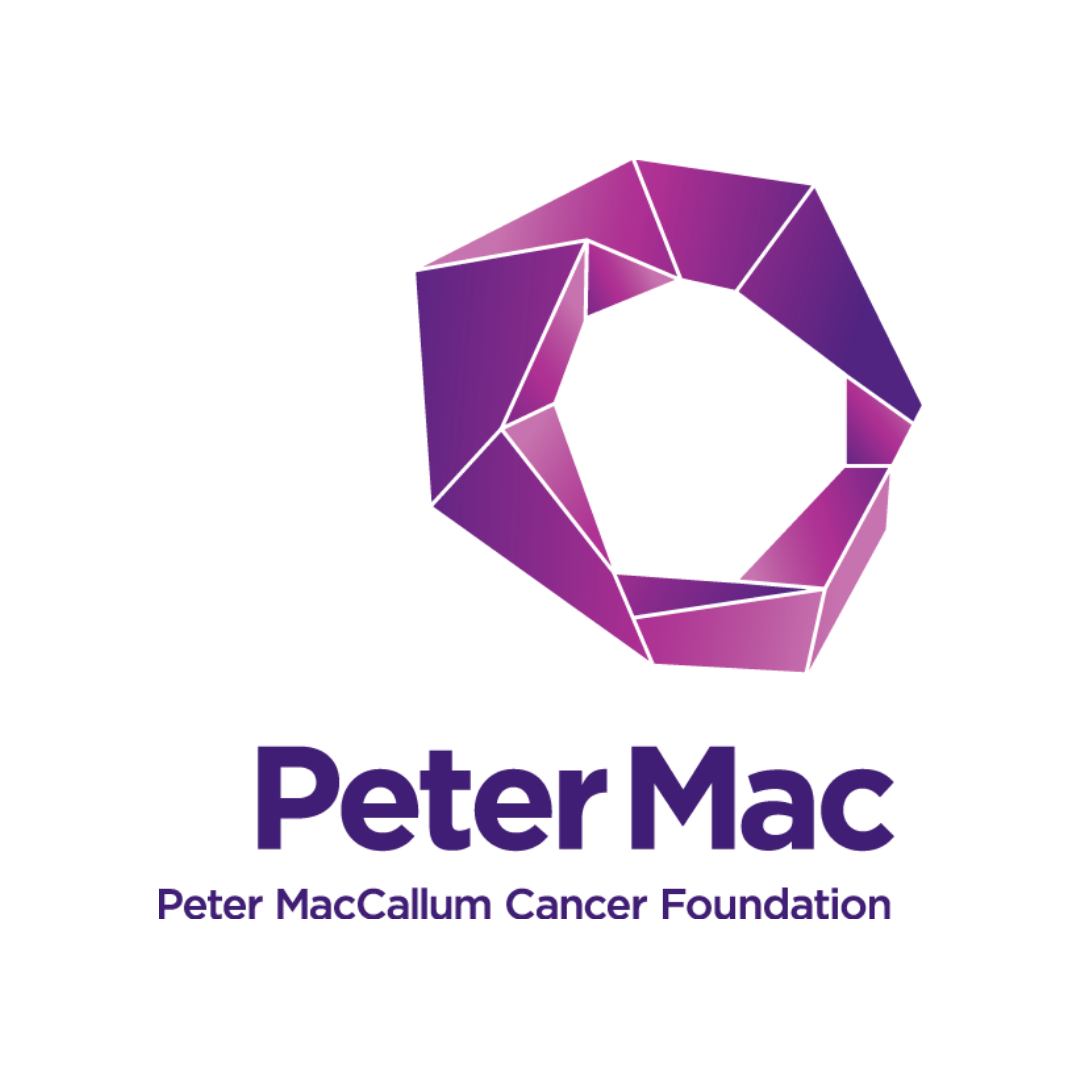Efficacy of Apremilast on Whole-Body Inflammation Indices in Patients With Psoriatic Arthritis: Assessments by Whole-Body Magnetic Resonance Imaging in the Phase 4 MOSAIC Study
Background:
Psoriatic arthritis (PsA) is characterized by various patterns of inflammatory arthritis, enthesitis, dactylitis, and spondylitis. Apremilast is an oral immunomodulating phosphodiesterase-4 inhibitor that is indicated for treatment of PsA. Whole-body magnetic resonance imaging (WB-MRI) allows assessment of joints and entheses of the entire body in one examination when using the Outcome Measures in Rheumatology Clinical Trial (OMERACT) MRI whole-body scoring system for inflammation in peripheral joints and entheses (MRI-WIPE), which has not previously been applied in a clinical trial. Here we evaluate the efficacy of apremilast 30 mg BID (APR) on peripheral inflammation indices as measured by WB-MRI.
Objectives:
To evaluate how APR affects inflammation in peripheral joints and entheses of patients with PsA as assessed by WB-MRI.
Methods:
The phase 4 MOSAIC study was a multicenter, single-arm, open-label study evaluating APR (either as monotherapy or in combination with stable methotrexate) in patients with active PsA (diagnosis ≥3 months but ≤5 years, meeting the CASPAR criteria for PsA) for treatment up to 48 weeks. WB-MRI was performed at baseline, Week 24, and Week 48. Images were read and adjudicated by 2 experienced readers who were blinded to time of acquisition and clinical information. From WB-MRI, changes in the total peripheral inflammation index (83 joints and 33 entheses) were calculated using the OMERACT MRI-WIPE scoring system, as were changes in separate enthesitis and joint inflammation WB-MRI indices (WIPE-enthesitis and WIPE-joint inflammation). Changes in the heel enthesitis inflammation index (HEMRIS),
the hip joint inflammation MRI index (HIMRISS), and the knee joint inflammation MRI index (KIMRISS) were explored.
Results:
Overall, 122 patients were enrolled and treated with APR; 55% were women, mean age was 47 years, and patients had a mean duration of PsA of 1.9 years. The least squares mean (95% CI) change from baseline in total WIPE score based on total peripheral inflammation index (including both joint and enthesitis inflammation) as assessed by WB-MRI was -3.49 (- 5.46, -1.52) at Week 24 and -4.06 (-6.39, -1.72) at Week 48, indicating significant improvement in peripheral inflammation (Figure). Significant improvements were also observed in the WIPE-joint inflammation scores at both Week 24 and 48, and in the WIPE- enthesitis scores at Week 48 (Figure). Both the heel enthesitis inflammation index (HEMRIS) and the hip joint inflammation MRI index (HIMRISS) showed little change, while the knee joint inflammation MRI index (KIMRISS) showed numerical, but not significant, improvement (Figure). No new safety signals were identified.
Conclusion:
Patients with PsA treated with APR experienced a significant reduction in total peripheral inflammation, including significant improvement in peripheral joint inflammation and enthesitis, as assessed by WB-MRI. Results highlight the efficacy of APR on inflammatory manifestations of PsA as well as the benefit of using WB-MRI as a measure of inflammatory disease activity.


